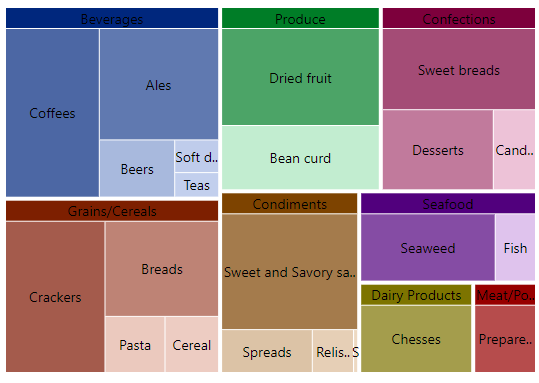
Treemaps, by their rectangular nature, are better suited for comparison among hierarchical levels. Regardless of the format of your hierarchical data, you can create a Hierarchy Chart by clicking the Treemap or Sunburst icon on the Insert ribbon to reveal insights into your data.Īfter getting acquainted with the concept of hierarchical data and the Treemap and Sunburst charts, you might wonder, “Why use one over the other?” The answers lie in what information you want to convey in the chart. If all the cells were filled out, like in the example below, a Treemap or Sunburst chart can still be created. In the case of an empty cell, the parent category is the previous (or above) line item. In a sparse hierarchy form of data, like the example above, the parent-the category that represents a collection of data points (e.g. Recognizing data within a hierarchy is intuitive and simple. Topic is a subset of Sub-Genre, while Sub-Genre is a subset of Genre. These naming conventions create a hierarchical dataset. Notice the table headings: Genre, Sub-Genre and Topic.

The example below, following a small bookstore inventory, illustrates the look and feel of hierarchical data. Hierarchical data just requires some level of order and organizational structure. They can be organizations within a business, regions within a country, makes or models of a product, or disciplines within a subject. Hierarchical datasets are perfect for layers within the data where natural groupings exist.

Get started What is hierarchical data and what does it look like?

Best-in-class productivity apps with intelligent cloud services that transform the way you work.


 0 kommentar(er)
0 kommentar(er)
